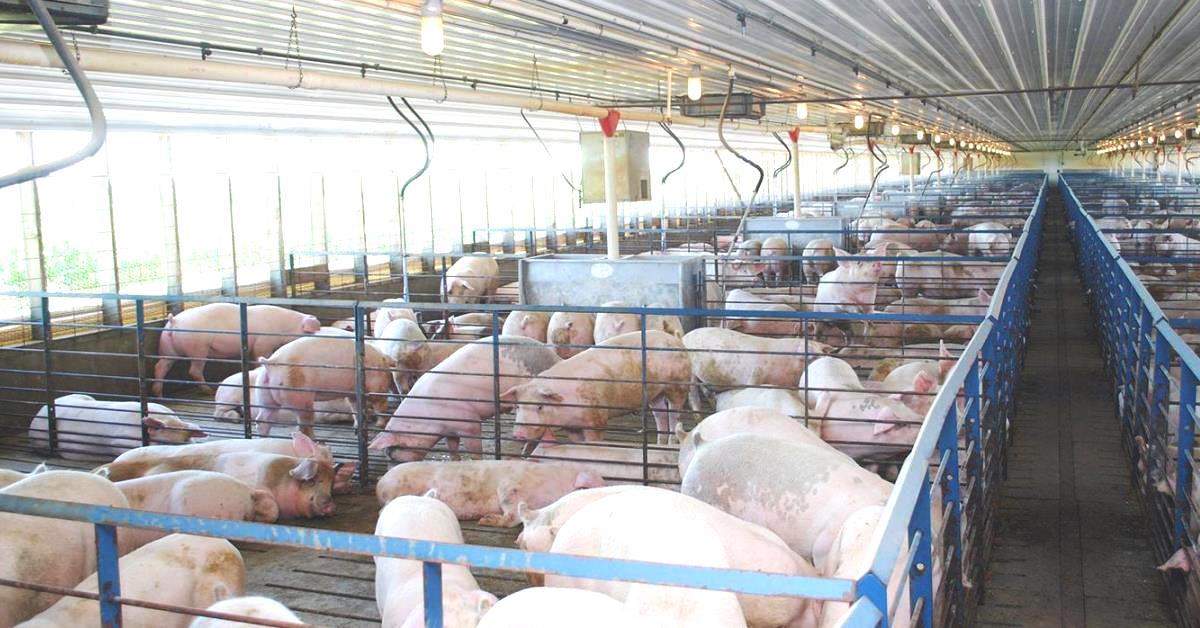
It is well-known that hog prices in the United States have a predictable seasonal pattern, with prices peaking in the summer. This phenomenon is driven by several factors, but “supply vs. demand” provides a logical explanation and helps us understand how to maximize our customers’ profitability during this period.
Pork supplies are usually lower in the summer, mainly due, first, to seasonal infertility in sow farms caused by heat stress and presented as poorer breeding and farrowing performance, and second, to reduced feed intake driven by high temperatures, which ultimately results in poorer growth performance. Additionally, grilling season is at its peak in the summer, resulting in a strong demand for pork. The combination of a lower supply with a higher demand explains the peak pork prices that we typically see in the summer.
Pigs eat fewer pounds per day when the weather is hot, which, consequently, reduces their daily intake of the nutrients required for optimal growth. As nutritionists, there are a few key strategies that we can use to alleviate the negative effects of heat stress. We know that each individual ingredient generates a certain amount of heat while being digested by the pig, known as a heat increment. Ingredients that are rich in protein (like soybean meal) and fiber (such as DDGS) have the highest heat increments, whereas ingredients with more starch or oils produce less heat during digestion. Therefore, a valuable strategy is to formulate diets with higher concentrations of synthetic amino acids as replacements for soybean meal, as well as a lower fiber content. Additionally, the inclusion of fats or oils will generate a more energy-dense diet, which will, consequently, reduce the amount of feed that pigs must eat to meet their daily nutrient requirements for optimal growth. However, due to high fat prices, it may not make sense economically to implement that strategy, and nutritionists should conduct careful evaluations on a case-by-case basis.
In addition to feed intake, water intake is also impacted in hot weather. Water usage is higher in the summer, and drinking patterns can also change significantly. Water plays several vital roles, including the regulation of body temperature. As such, providing enough drinking water is crucial for reducing the impact of heat stress. It is important to make sure that there are enough drinkers for the number of pigs per pen and that they are in good condition and have the appropriate flow rate.
We also cannot overlook the fact that pigs experiencing heat stress are more likely to present an uptick in vices such as tail-biting. This is an important welfare issue — and it can also lead to a significant profitability loss for producers. Especially in our current economic scenario, with near all-time-high hog prices, our goal is to keep carcass condemnations to a minimum and maximize the number of full-value pigs.
We recognize that tail-biting is a multi-factorial issue that can be affected by stocking density, feed and water access, and nutrition. One solution to this problem is AllBite, a molasses-based block containing a nutritional solution that is known to calm pigs. AllBite takes advantage of pigs’ natural curiosity to prevent and discourage tail-biting. Researched and tested in the field, AllBite has a 93% success rate in reducing or stopping tail-biting and can help producers maximize the number of full-value pigs in their operations.
Summertime means warmer weather, lower feed intakes and reduced growth rates. Being proactive and implementing a few nutritional strategies can help you minimize the negative effects of summer heat and enjoy marketing your pigs at generally higher market prices.
- Log in to post comments
